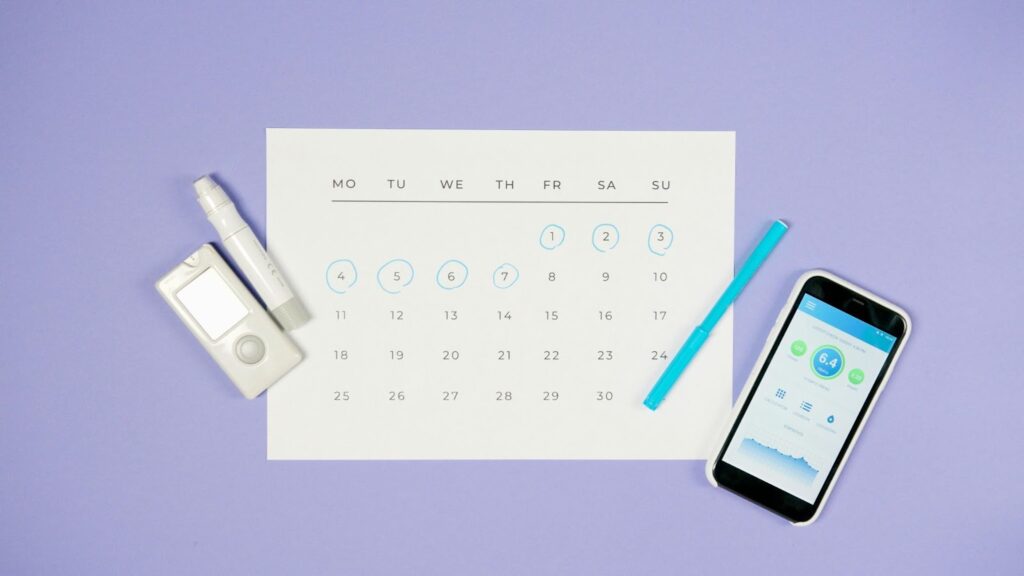Small Devices, Big Difference: Everyday Tech That Protects Your Wellbeing
Last Updated on 5 November 2025
Every year in the US, millions of adults end up in emergency rooms after small preventable health events – a fall, a fainting spell, a missed dose of medication. Most aren’t dramatic. They happen at home doing mundane tasks, and often no one is around to see or help. The good news is that there are practical, proven devices that can cut down those risks sharply. Not wellness gadgets or fads. Actual medical tool built to track alerts and respond when something isn’t right.

Home Monitoring Systems
Home monitoring systems gather the everyday data that gets lost between checkups. Blood pressure cuffs, oxygen sensors, and digital thermometers can upload readings straight to a phone app or secure cloud portal. Carers and relatives can check in without calling, and the user keeps a clearer record to share with their doctor.
It’s about spotting changes before they spiral. A creeping blood pressure reading or a dip in oxygen levels for a few days are small signs that trigger early treatment instead of a hospital stay. The set-up is relatively simple: connect, track, share—that’s pretty much it.
Fall Detection Devices
Falls remain one of the major causes of injury in older adults – there around 36 million incidents reported each year according to the CDC based on previous years data. Fall detection devices are designed for these moments because after a fall speed matters.
They use motion sensors to detect impact and unusual stillness. If the weather does not respond after a fall, the unit sends an alert automatically. Some systems notify families, others contact a 24/7 monitoring team. The choice depends on who needs to be first in line. The important thing however is the reliability and ability to get help fast when you need it.
Medical Alert Systems
A medical care alert system connects the user directly to trained operators. When the help button is pressed—or when fall detection triggers—the call goes straight through. The operator checks for a response, calls emergency services if needed, and stays until help arrives.
The direct connection saves time in moments when time is a luxury people might not have. It’s practical safety for people living alone or managing chronic conditions that cause sudden dizziness or fainting. The key difference between systems, however, is the response center—staffed, reliable, and always available.
Smart Pill Dispensers
Medication schedules are easy to lose track of, especially when multiple prescription side effects are involved. Smart pill dispensers remove the guesswork. They unlock only at a set time, give a second or light prompt, and can text a carer if a dose isn’t taken.
This small step can keep treatment steady and prevent overdosing or missed meds – two of the most common reasons for avoidable hospital stays.
Connected Scales and Health Sensors
Weight, temperature, and oxygen levels fluctuate naturally. But sometimes, these shifts can point to something else at play. Connected scales and multi-sensor hubs can detect these changes early. A few pounds gained overnight could signal fluid retention in heart patients. A drop in oxygen at night can flag an infection or respiratory flare-ups.
Automatic syncing means there’s no manual logging of results and no guesswork; it all shows up in a handy chart to help doctors make real adjustments based on verified data.